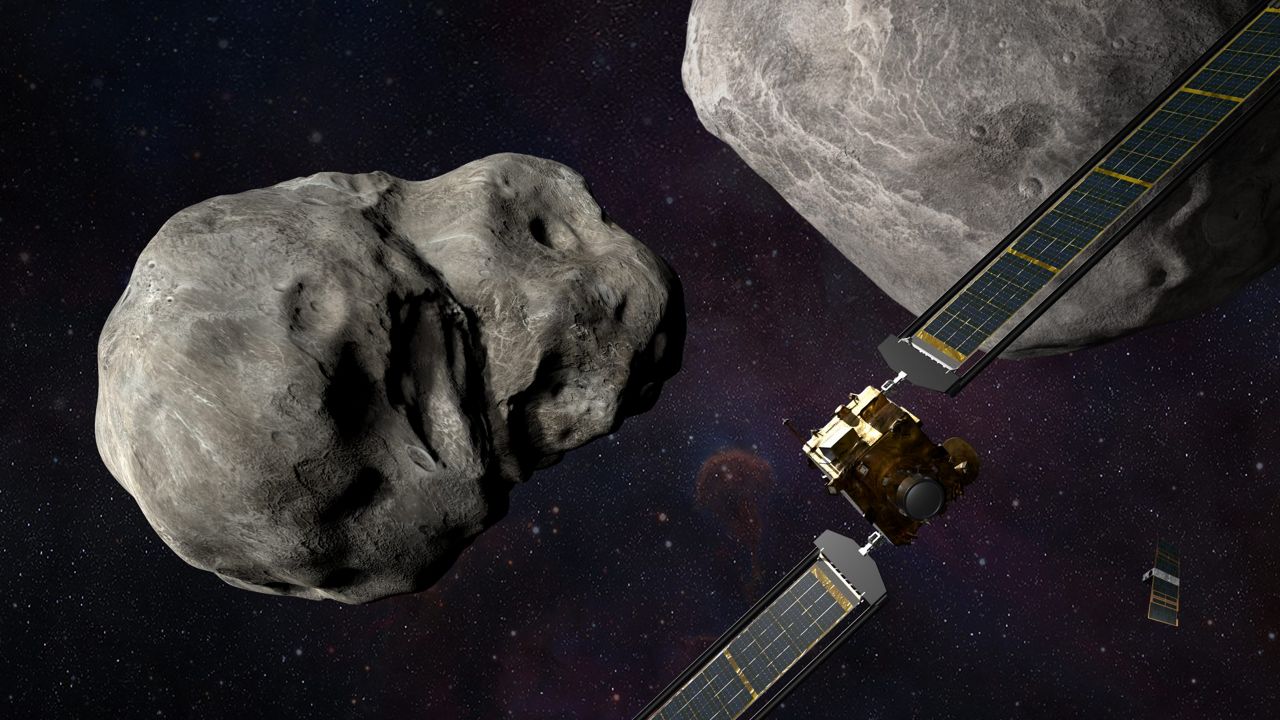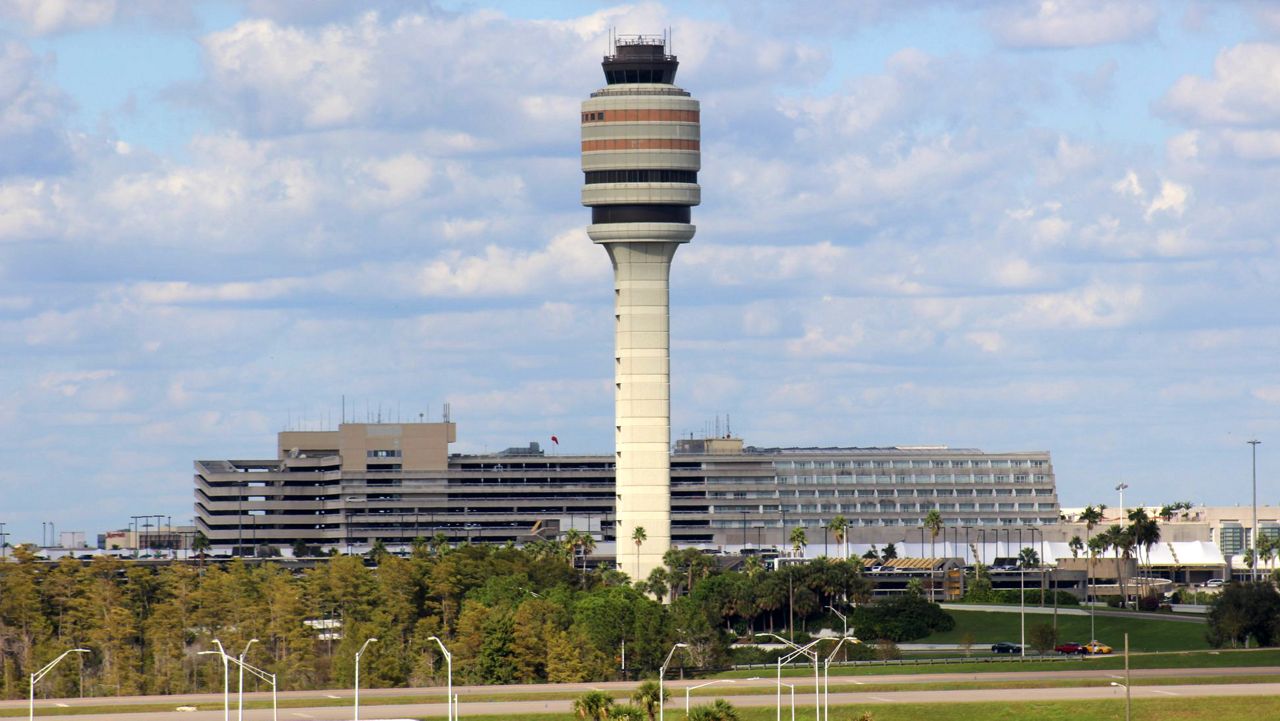Protecting the Earth from celestial threats took a big step forward Tuesday night with the launch of a mission to move an asteroid.
The mission headed by NASA, Double Asteroid Redirection Test (DART), was sent on its journey with a launch of the first SpaceX mission that sent a payload into deep space.
What You Need To Know
- DART will spend 10 months making its way to a binary asteroid system
- The mission is the first planetary defense operation for NASA
- Impact with the asteroid Dimorphos is expected in September 2022
“This is just the coolest mission,” said Julianna Scheiman, director of SpaceX’s civil satellite missions, during a prelaunch briefing on Monday. “This is the first time SpaceX has taken a NASA spacecraft and intentionally launched it on a trajectory to escape Earth and crash it into an asteroid. So again, a pretty cool mission.”
The mission will span about 10 months with DART expected to impact the asteroid Dimorphos, the orbiting moon of the larger asteroid, Didymos.
Following the successful launch, NASA Administrator Bill Nelson talked about the importance of the mission while making a stop at Orlando International Airport to tout another piece of NASA-developed technology designed to improve air travel.
“This is another NASA ‘gee-wiz’ project. Everything is working like it was planned and designed to,” Nelson told Spectrum News in a one-on-one interview Wednesday. “As it intercepts not only an asteroid, but an asteroid orbiting around another asteroid, our telescopes and European Space Agency telescopes can then determine if we moved it out of its orbit.”
The launch itself was coordinated through the Launch Services Program (LSP) based at Kennedy Space Center in Florida. SpaceX was awarded a NASA Launch Services II Contract in 2019 and this marks the fifth launch for LSP since the beginning of the COVID-19 pandemic.
DART is also the first LSP mission to use a Falcon 9 first-stage booster that was previously flown.
Central Florida also played a role in lining up the target for the DART mission. Prior to the decommissioning of the Arecibo Observatory in Puerto Rico in 2020, it was managed by the University of Central Florida under a cooperative agreement with the U.S. National Science Foundation.
The college in Orlando, Fla., noted that information from observations in November 2003 “helped NASA select the target of the DART mission … Radar data obtained at Arecibo led to the confirmation that the asteroid 65803 Didymos has a small moon, Dimorphos, paving the path for this asteroid system to become the target for the DART mission.”
The spacecraft will also launch a CubeSat called LICIACube, which will capture images of both the asteroids and the impact as DART makes its terminal approach.
Dr. Kerri Donaldson Hanna, a planetary geologist at the University of Central Florida who will study samples of the asteroid Bennu when they return to Earth, said getting the opportunity to study these asteroids up close will provide invaluable information — on top of what NASA may learn while attempting to alter the course of an asteroid.
“It also tells us about the property and the surface materials, which is what I’m most excited about and what we study here at UCF,” Donaldson Hanna said. “And so, this will give us a better understanding of how porous the rock is and the structure of the rock, and that will certainly tell us more about other asteroids in the main asteroid belt and the near-Earth population.”
The collision of DART is expected in September 2022. During a news conference Wednesday, Nelson also mentioned that NASA will be launching an asteroid detection telescope in 2026.
“So, you can see, we are quite serious about asteroid detection with regard to the threat to our planet,” he said.








